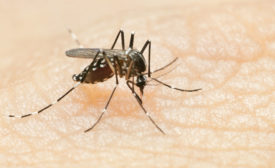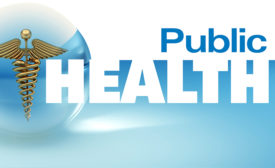Home » Keywords: » Zika virus
Items Tagged with 'Zika virus'
ARTICLES
NIOSH chief updates safety & health challenges
Robot safety, 24/7 connectivity, aging workforce are hot topics
May 11, 2016
Become a Leader in Safety Culture
Build your knowledge with ISHN, covering key safety, health and industrial hygiene news, products, and trends.
JOIN TODAYCopyright ©2025. All Rights Reserved BNP Media.
Design, CMS, Hosting & Web Development :: ePublishing





